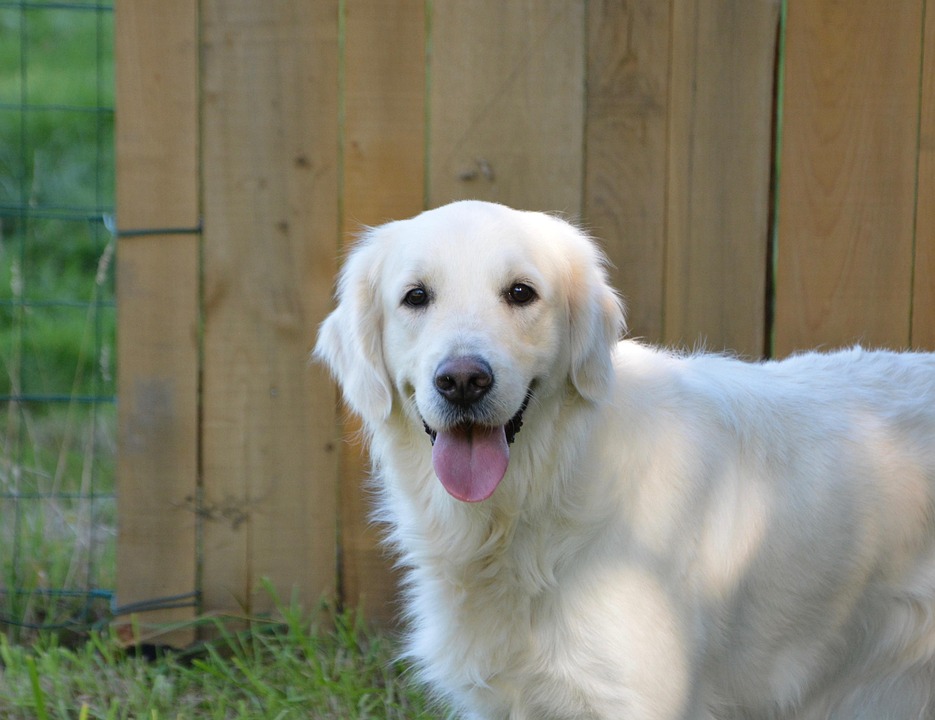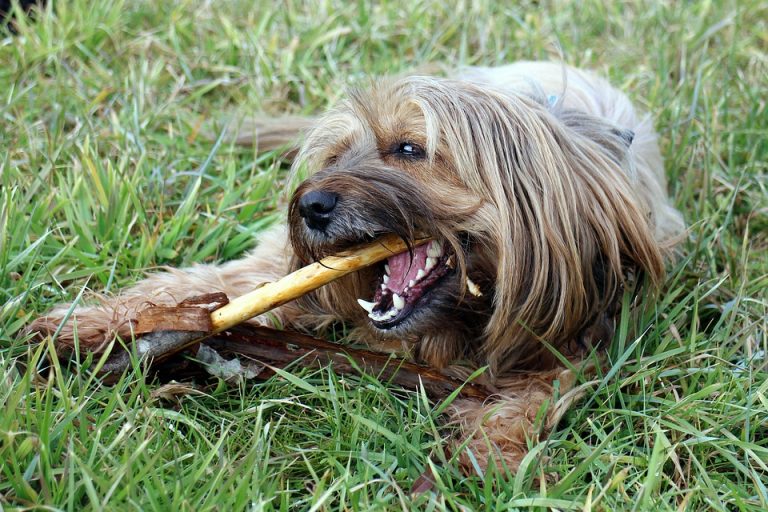Pet nutrition guide is a clear, practical plan for feeding your dog or cat well — even when life is hectic. This pet nutrition guide explains what to feed, when to adjust portions, and how to make smart choices that protect your pet’s health and happiness. You want simple, trustworthy steps that fit into your busy life. I’ll give them to you, plain and decisive.
What this pet nutrition guide does is cut through noise. It focuses on evidence, real-world experience, and small habits that create big health payoffs. If you’ve ever stood in the pet aisle baffled by claims and tiny print, this is for you. Your pet deserves food that fuels energy, supports immune health, and keeps weight in check — without making you feel like a short-order cook.
Contents
- Pet Nutrition Guide: 7 Simple Tips For Busy Owners
- Tip 1 — Know The Right Portion For Your Pet
- Tip 2 — Choose Food With Clear, Honest Ingredients
- Tip 3 — Make Meal Times Predictable
- Tip 4 — Prep Meals Like You Prep For Work
- Tip 5 — Use Smart Supplements And Treats — Sparingly
- Tip 6 — Watch Weight And Adjust Quickly
- Tip 7 — Know When To Seek Professional Help
- Meal Timing, Treats, And Busy Schedules
- Practical Tools That Save Time
- Common Mistakes Busy Owners Make
- How To Read Labels Without Getting Overwhelmed
- Behavior, Enrichment, And Food
- Bottom Line
- FAQ
Pet Nutrition Guide: 7 Simple Tips For Busy Owners
I’ve boiled feeding down to seven actionable tips. Each one is a habit you can start this week. This pet nutrition guide blends science, veterinary wisdom, and real-life tricks to save time and reduce worry. Let’s get to it.
Tip 1 — Know The Right Portion For Your Pet
Portion control is the single most powerful thing you can do for weight and long-term health. A dog that grazes all day or a cat that pounds food out of boredom will gain pounds quietly. Use the feeding guidelines on the bag as a starting point, then adjust for your pet’s age, activity, and body condition.
Veterinary nutrition research from Cornell and other institutions shows that even small calorie reductions improve lifespan in dogs. If you’re unsure, get your pet’s body condition score from your vet; it’s faster than playing guesswork. Once you know the right amount, measure. Use a kitchen scale or a consistent cup. Measuring removes the “eyeball” error that ruins good intentions.
Tip 2 — Choose Food With Clear, Honest Ingredients
Labels matter. Look for sources of real protein like chicken, beef, or fish named in the first ingredient. Avoid vague terms like “meat by-product” when possible. Trusted regulators and organizations provide guidance on pet food standards — check resources from the Association of American Feed Control Officials or your veterinary college’s nutrition page.
This pet nutrition guide prefers recognizable ingredients. Whole foods supply nutrients in a balanced way, and diets formulated to meet AAFCO profiles are a smart baseline. If you feed a specialty diet, discuss it with your veterinarian so they can confirm it meets your pet’s specific needs.
Tip 3 — Make Meal Times Predictable
Busy lives tempt us to feed whenever we remember. Predictable meals stabilize digestion and metabolism. For adult dogs, two meals a day works well. For cats, set small meals or use a timed feeder to avoid overfeeding. Predictable feeding also simplifies training and behavior management.
Routine reduces stress for your pet. Even on chaotic days, a five-minute ritual — measure, set down bowl, praise — reinforces calm. If your schedule forces unpredictability, consider automatic feeders or puzzle feeders that dispense controlled portions. They save time and enrich your pet’s day.
Tip 4 — Prep Meals Like You Prep For Work
Meal prep is not just for humans. Cook once, feed for days. Batch-cook lean proteins and stash measured portions in the fridge or freezer. This pet nutrition guide encourages prepping in clear, labeled containers so you can grab and go.
Batching saves money and keeps you from impulse choices. If you prefer commercial food, divide big bags into daily portions and label them. When you’re tired, you’ll thank yourself for this small act of planning.
Tip 5 — Use Smart Supplements And Treats — Sparingly
Supplements have a place: omega-3s for joint and coat health, probiotics for digestion, and measured joint supplements for older pets. But supplements should support a complete diet, not replace one. Talk with your veterinarian about evidence-based options.
Treats are a training tool, not a food group. Use low-calorie treats and fold their calories into the daily total. This pet nutrition guide recommends freezing small portions of plain yogurt or tiny pieces of cooked carrot as healthy, low-calorie rewards.
Small Tip — Read For Additives
Watch for added sugars, high sodium, and artificial colors. Those are unnecessary and can be harmful over time. If you want a fast read, check the Guaranteed Analysis and the first five ingredients.
Tip 6 — Watch Weight And Adjust Quickly
Weight gain creeps up. Don’t wait for the scale to scream. A weekly body check — hands on ribs, a glance at the waist — catches drift early. Your vet can show you what a healthy rib feel is and suggest a diet plan if needed.
When weight rises, cut 10% of calories for a trial week and reassess. Increase walks or play sessions where possible. This pet nutrition guide stresses small, consistent changes — they stick.
Tip 7 — Know When To Seek Professional Help
Not every problem is solved by switching kibble. If your pet loses weight, has chronic diarrhea, persistent vomiting, unusual appetite changes, or skin issues, call your veterinarian. Some conditions require therapeutic diets or bloodwork. Trust professionals when signs go beyond the ordinary.
This pet nutrition guide encourages partnership with your vet: bring food labels, notes about behavior, and a photo of your pet’s body condition. That information speeds diagnosis and better recommendations.
Meal Timing, Treats, And Busy Schedules
Timing matters more than you think. The way you spread calories affects digestion and insulin response. For dogs, two meals split morning and evening reduces hunger-driven scavenging. For cats, several small meals or timed feeders mimic natural grazing and stabilize energy.
When you can’t be home, use a timed feeder or leave measured portions. If you’re concerned about overeating, try a slow-feeder bowl or a puzzle feeder. They extend meal time and sharpen focus. This pet nutrition guide applauds small tools that make feeding smarter with minimal effort.
Practical Tools That Save Time
Invest in simple gear: a digital kitchen scale, airtight containers, a slow feeder, and an automatic feeder. These save minutes and prevent mistakes.
- Use a digital scale to portion at gram accuracy.
- Label containers with dates and portions.
- Choose a feeder with programmable meals if your schedule is unpredictable.
- Keep a log on your phone for weight and appetite changes; one line of data saves hours at the vet.
These small investments pay off. They protect your pet’s health and give you time back.
Common Mistakes Busy Owners Make
Busy owners often under- or overestimate portions, skip routine weigh-ins, and let treats pile up. They chase gimmicks and ignore vet guidance. The fallout is weight gain, digestive upset, and frustration. This pet nutrition guide cuts through fad diets by focusing on proven basics and steady habits.
Also, beware of switching foods too often. Rapid diet changes can cause digestive upset. When you change food, do it gradually over 7–10 days unless your veterinarian advises otherwise.
How To Read Labels Without Getting Overwhelmed
Start with the protein source, then check the Guaranteed Analysis for crude protein, fat, and fiber. Look for an AAFCO statement that the food meets nutritional levels. That tells you the formula was designed to support life stage requirements.
If your pet has special needs (renal disease, food allergies, obesity), look for formulas studied for those conditions and reviewed by veterinary nutritionists. This pet nutrition guide recommends vet-reviewed therapeutic diets when health issues demand them.
Behavior, Enrichment, And Food
Feeding is more than calories. It’s enrichment. Puzzle feeders, scent games, and food scatter mats slow eating and provide mental stimulation. Enriched mealtimes reduce stress and destructive behavior. Busy owners can combine short training sessions with mealtime to build connection and burn calories.
This pet nutrition guide encourages using mealtime as an opportunity for training and enrichment, not just fuel delivery.
Bottom Line
Bold habits beat dramatic changes. Measure meals, choose clear ingredients, establish a routine, and use simple tools to stay consistent. When in doubt, ask your veterinarian for an individualized plan. This pet nutrition guide gives you a practical way to keep your companion healthy without adding stress to your schedule.
You can protect your pet’s body and spirit with small, steady actions. Start today: open a bag, measure one meal, and mark a weekly weigh-in on your calendar. That tiny step changes everything.
Best wishes — your pet is lucky to have you.
FAQ
How Often Should I Feed My Adult Dog Or Cat?
Most adult dogs do well on two meals per day; most cats prefer several small meals or free feeding with measured portions. If your pet has medical needs, follow your veterinarian’s instructions. This pet nutrition guide recommends predictability: same times each day when possible.
Can I Mix Wet And Dry Food?
Yes. Mixing wet and dry can improve palatability and hydration. Adjust total calories to avoid overfeeding. When switching formats, transition slowly over a week. If you rely on mixed feeding, keep labels and portion control consistent.
Are Grain-Free Diets Better?
Grain-free is not inherently better. Recent research has linked certain grain-free diets to heart issues in dogs in specific contexts, so consult your veterinarian before making that choice. This pet nutrition guide prefers diets balanced for your pet’s needs rather than marketing trends.
How Do I Know If My Pet Needs Supplements?
Supplements should respond to a defined need: joint degradation, omega-3 deficiency, or digestive imbalance. Ask your vet for lab-guided recommendations. Over-supplementing can cause harm, so rely on evidence and professional advice rather than impulse.
References
Cornell University College of Veterinary Medicine provides clinical nutrition resources and guidance for pet owners, which can help you evaluate diets and feeding strategies (http://www.vet.cornell.edu/hospitals/companion-animal-hospital/clinical-services/nutrition-services).
The U.S. Food and Drug Administration offers information and updates on pet food safety, recalls, and regulatory standards that affect ingredient transparency (http://www.fda.gov/animal-veterinary).
The American Veterinary Medical Association publishes resources and position statements on pet feeding, obesity prevention, and nutritional recommendations for companion animals (http://www.avma.org).
The National Research Council’s Nutrient Requirements for Dogs and Cats is a foundational reference for understanding nutrient needs and formulation of balanced diets (http://www.nap.edu/catalog/10668/nutrient-requirements-of-dogs-and-cats).
The Association of American Feed Control Officials explains the AAFCO feeding protocols and ingredient definitions that help consumers interpret pet food labels (http://www.aafco.org).








